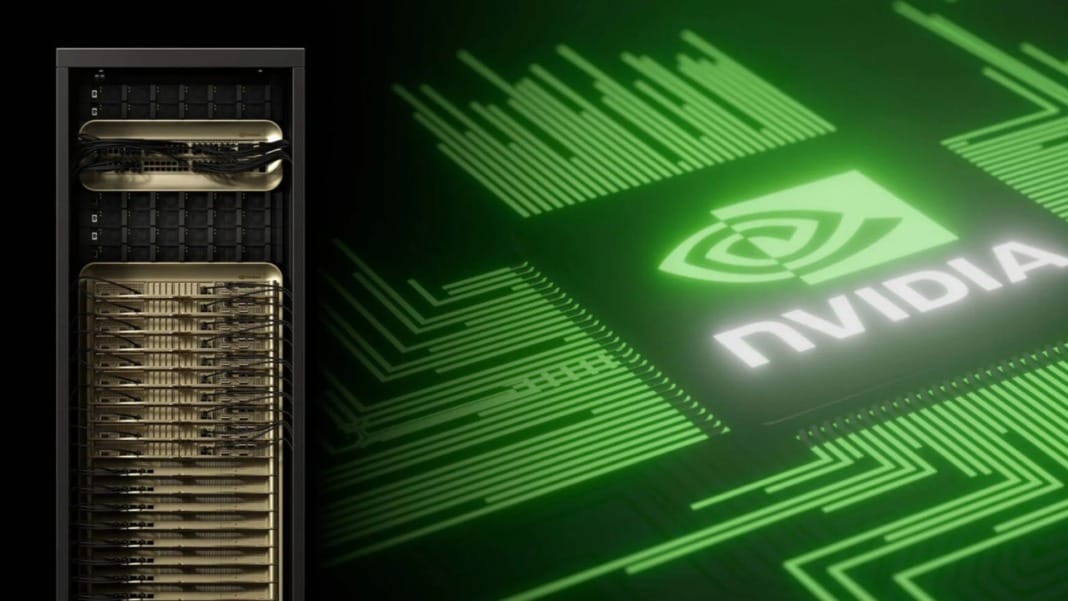Nvidia is doubling down on its AI dominance with the launch of its latest superchips. The company has announced the Blackwell Ultra GB300, set to arrive in the second half of this year, followed by the Vera Rubin in late 2025 and the Rubin Ultra in 2027. These cutting-edge AI processors aim to solidify Nvidia’s position as the leader in AI computing.
The company’s rapid growth continues, with its data centre business generating more revenue than its gaming GPUs. Thanks to the AI revolution, Nvidia now earns a staggering US$2,300 in profit every second.
What’s new with Blackwell Ultra GB300?
The Blackwell Ultra GB300 isn’t a completely new architecture but rather an upgrade of the original Blackwell. Nvidia is increasing memory and optimising performance to meet growing AI demands. The new chip features 288GB of HBM3e memory, up from 192GB in the previous version. However, regarding raw AI computing power, a single Blackwell Ultra chip still delivers 20 petaflops of performance—matching its predecessor.
A key highlight is the DGX GB300 Superpod cluster, which consists of 288 CPUs, 576 GPUs, and an impressive 11.5 exaflops of FP4 computing. Memory has also been boosted, with the system now offering 300TB of memory compared to 240TB in the standard Blackwell configuration.
Nvidia has also introduced the DGX Station for those looking for a more compact solution. This desktop AI workstation features a single GB300 Blackwell Ultra, 784GB of unified system memory, and built-in 800Gbps networking, bringing high-performance AI computing into a smaller package. Leading brands such as Asus, Dell, HP, Boxx, Lambda, and Supermicro will sell versions of the desktop model.
Vera Rubin and Rubin Ultra promise next-gen power
Looking ahead, Nvidia has revealed that its next architecture, Vera Rubin, will significantly boost computing power. A full rack of Vera Rubin chips is expected to be 3.3 times faster than a Blackwell Ultra rack.
Launching in 2027, Rubin Ultra will push performance even further by effectively combining two Vera Rubin GPUs into a single unit. This configuration will offer 100 petaflops of FP4 performance—five times more than Blackwell—and nearly quadruple the memory, reaching 1TB.
A full NVL576 rack of Rubin Ultra will reportedly provide 15 FP4 inference and five exaflops FP8 training, delivering 14 times the performance of Blackwell Ultra’s best offering.
Nvidia’s investments in AI computing are already paying off. The company has shipped US$11 billion worth of Blackwell chips, with its top four customers purchasing 1.8 million Blackwell processors in 2025 alone.
With these advancements, Nvidia is reinforcing its stance that AI computing power will only continue to grow in importance. The company argues that businesses will need more AI capacity in the future, countering speculation that efficiency improvements could reduce demand.
As Nvidia pushes forward, it remains clear that AI will be at the heart of its future strategy.





